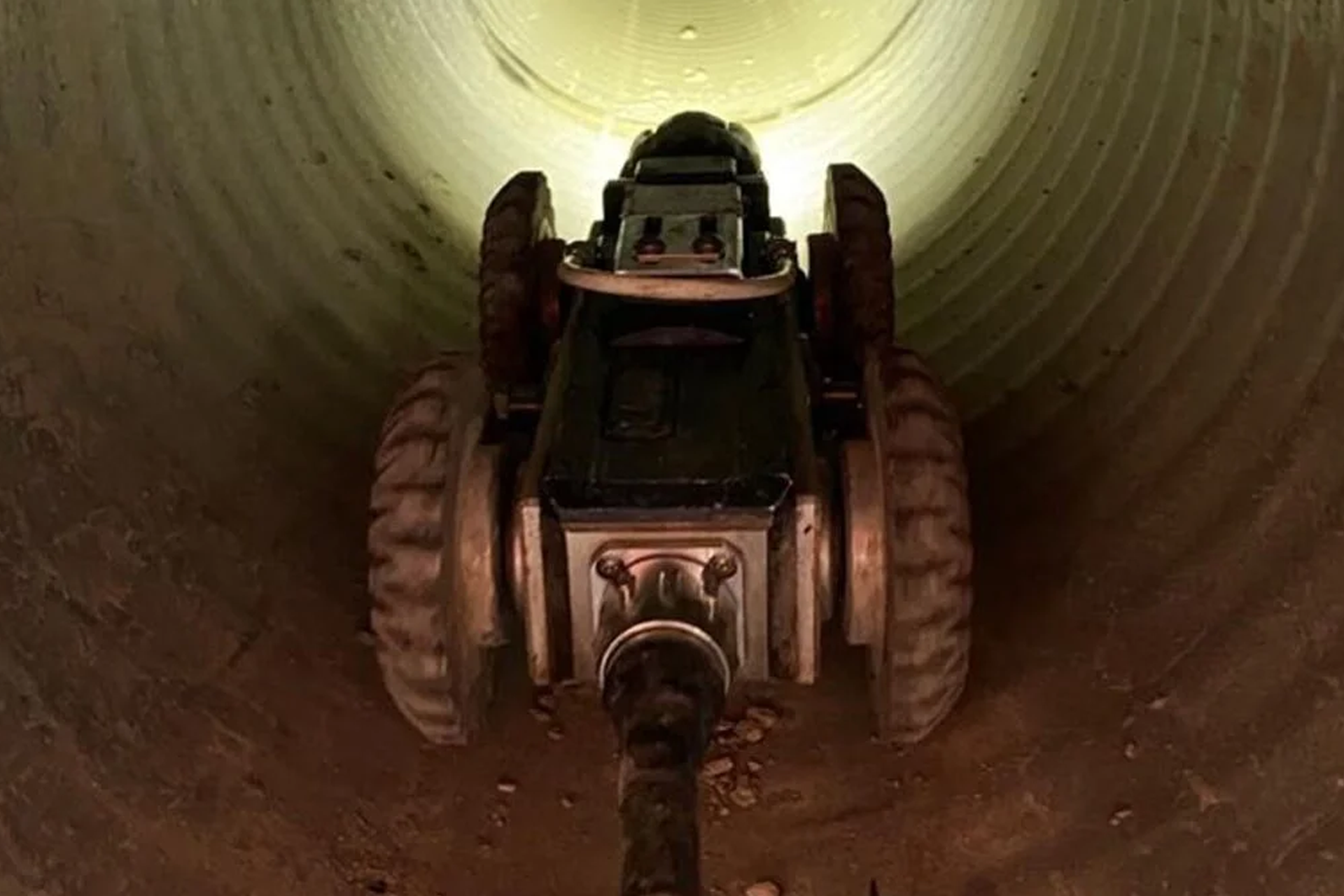Getting The Reclaim Waste To Work
The Main Principles Of Reclaim Waste
Table of ContentsOur Reclaim Waste StatementsThe 5-Second Trick For Reclaim WasteThe 5-Minute Rule for Reclaim WasteReclaim Waste - QuestionsTop Guidelines Of Reclaim Waste
Residential sewer waste refers to the waste and items from a domestic septic container. The proper management and disposal of residential sewage waste call for liquid waste to be transferred to a sewage treatment plant where the appropriate techniques and tools are used to cleanse and dispose of waste.
Industrial waste frequently consists of possible hazards, such as combustible materials or a blend of liquid and strong waste items, and calls for an advanced and in-depth disposal procedure. The disposal of commercial waste commonly includes the purification of waste prior to transportation to make sure secure and correct disposal. Hazardous waste is produced from results and runoff of industrial processes and manufacturing.
This kind of waste can not use the exact same sewage monitoring transportation or processes as septic or industrial fluids. The hazardous waste monitoring process requires the assessment and screening of fluid waste prior to it undergoes the disposal process (industrial wastewater treatment). Overflow waste is the fluid waste that originates from overflow and excess stormwater in extremely inhabited areas or cities
Overflow waste can trigger contamination and flooding otherwise taken care of properly. Find out more regarding sewer cleansing and waste monitoring. Making certain correct waste monitoring can protect against calamities and lower ecological injury. Both individuals in property settings and professionals in commercial or production sectors can benefit from comprehending the procedures and regulations of fluid waste monitoring.
Not known Details About Reclaim Waste
Call PROS Solutions today to find out about our waste management and disposal solutions and the proper methods to care for the liquid waste you generate.
(https://fliphtml5.com/homepage/kekhp)This supposed 'wastewater' is not only an essential resource yet, after treatment, will certainly be released to our land, rivers or the ocean. Utilized water from toilets, showers, bathrooms, kitchen area sinks, washings and industrial procedures is understood as wastewater.

water used to cool down machinery or tidy plant and devices). Stormwater, a type of wastewater, is drainage that moves from farming and urban locations such as roofings, parks, yards, roadways, paths and seamless gutters into stormwater drains pipes, after rainfall. Stormwater moves untreated straight to neighborhood creeks or rivers, at some point reaching the ocean.
Reclaim Waste - Questions
In Queensland, the majority of wastewater is treated at sewage treatment plants. Wastewater is carried from residential or commercial sites with a system of sewage systems and pump terminals, referred to as sewerage reticulation, to a sewer treatment plant. Local federal governments develop, maintain and operate most sewage treatment plants. Operators are licensed under the Environmental Management Act 1994 to discharge cured wastewater at an appropriate ecological criterion into waterways.
The Division of Natural Resources encourages city governments about handling, operating and keeping sewage systems and treatment plants. In unsewered areas, local governments go might require householders to install specific or house sewer therapy systems to deal with residential wastewater from commodes, kitchens, shower rooms and laundries. The Department of Natural Resources authorizes making use of home systems when they are shown to be reliable.
The majority of stormwater gets no treatment. In some new communities, treatment of some stormwater to remove clutter, sand and gravel has actually begun using gross toxin traps. Wastewater treatment takes place in four phases: Eliminates solid issue. Larger solids, such as plastics and various other objects mistakenly discharged to sewage systems, are eliminated when wastewater is passed through displays.
Uses little living microorganisms understands as micro-organisms to break down and get rid of staying dissolved wastes and great bits. Micro-organisms and wastes are incorporated in the sludge.
Top Guidelines Of Reclaim Waste
Nutrient elimination is not available whatsoever sewage treatment plants due to the fact that it calls for pricey specialised equipment. It is becoming a lot more typical in Queensland. Clear liquid effluent created after therapy might still include disease-causing micro-organisms. If this effluent is released into waterways such as rivers or the sea, the micro-organisms will eventually die out.

A lot of wastewater streams into the sewage system. Under the Act, regional governments carry out authorizations and licences for ecologically relevant activities (Periods) involving wastewater launches that might have a regional impact.
7 Simple Techniques For Reclaim Waste
Or else, samples are considered research laboratory analysis. Often lots of examinations are required to develop the levels of each of the different toxins such as oils, heavy steels and pesticides in water. Surveillance gives factual information about water high quality and can verify that permit problems are being satisfied. The info gotten via surveillance provides the basis for making water quality decisions.